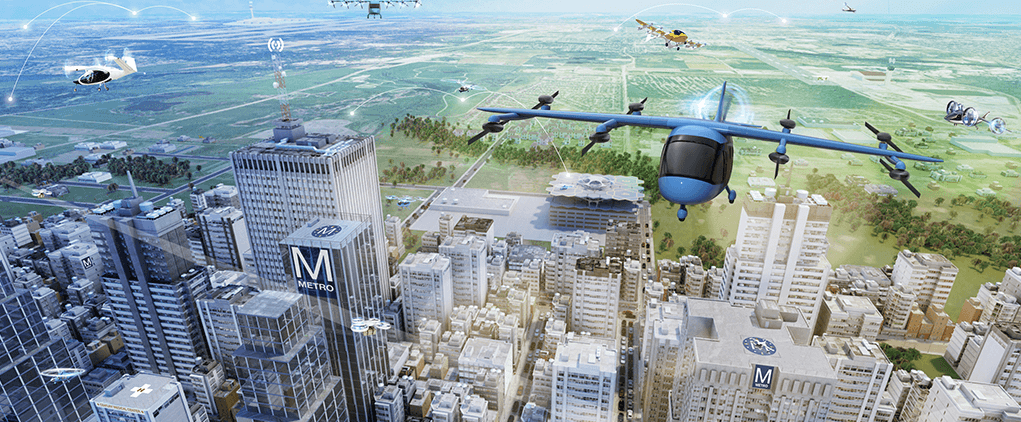The European Aviation Safety Agency (EASA) has published the world's first proposal for assessing the noise generated by air cabs. The Environmental Protection Technical Specification (EPTS) applies to electric vertical take-off and landing aircraft (eVTOL) propelled by multiple, vertical, non-tilting and uniformly distributed rotors.
Assessing Noise Generated by ADAVe
The European Aviation Safety Agency (EASA) has published the world's first proposal for assessing noise generated by air cabs. The Environmental Protection Technical Specifications (EPTS) apply to electric vertical takeoff and landing (eVTOL) aircraft powered by multiple, vertical, non-tilting, uniformly distributed rotors.
"Noise, major concern"
"When EASA conducted a Europe-wide survey on urban air mobility in late 2021, noise emerged as one of the main concerns of participants regarding air cabs, along with environmental concerns and overall safety," said Patrick Ky, EASA executive director. "This proposal addresses those concerns, describing ways to measure the noise generated and setting limits to ensure that noise pollution is not excessive.
Harmonized noise assessment criteria
The EPTS document defines harmonized noise assessment criteria that could be used for type certification of this type of eVTOL capable aircraft. The objective is to achieve a high and uniform level of environmental protection and to prevent significant adverse effects of noise on human health in the EU, in accordance with the EASA Basic Regulation. It includes the applicable technical specifications and procedures for noise, as well as the maximum permitted noise levels. The proposed specifications aim at filling a regulatory gap and take as a starting point the internationally harmonized noise certification standard for heavy helicopters, in order to ensure a level playing field and comparability of technologies. The defined procedures are adapted to the characteristics of eVTOL aircraft if necessary. For example, because eVTOLs are expected to be quieter in certain phases of flight, it is necessary to allow them to fly closer to the microphone in certain phases of flight in order to maintain a minimum signal-to-noise ratio quality.
Consultation open to the public until June 15, 2023
In addition, a hover noise assessment has been developed to assist in the assessment of noise from operations in the vicinity of vertiports, i.e., the locations where these aircraft will be taking off and landing. The maximum allowable noise levels remain the same as the most recent limits imposed on heavy helicopters by the International Civil Aviation Organization (ICAO Annex 16, Volume I, Chapter 8.4.2), while EASA collects more noise data on these aircraft as part of certification projects. The EPTS document is open for public comment until June 15, 2023. Comments can be submitted via the comment response tool (CRT).
Découvrez cet article sur Air&Cosmos

